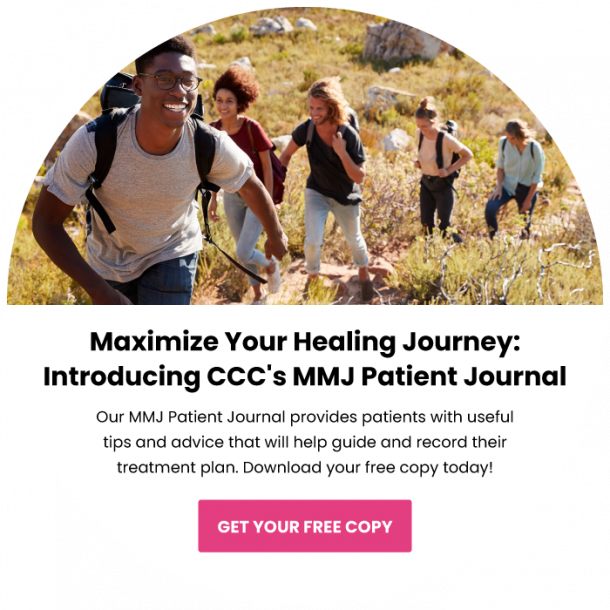Medical cannabis is now being considered as a possible treatment for Restless Leg Syndrome (RLS), a sensorimotor movement disorder characterized by uncomfortable sensations in the legs and an urge to move them.
It most commonly affects the legs, but can affect the arms, torso, head, and even phantom limb. Moving the affected body part modulates the sensations, providing temporary relief.
The discomfort ranges from pain or an aching in the muscles, to “an itch you can’t scratch”, an unpleasant “tickle that won’t stop”, or even a crawling” feeling. The sensations typically begin or intensify during quiet wakefulness, such as when relaxing, reading, studying, or trying to sleep.
Additionally, most individuals with RLS suffer from periodic limb movement disorder (limbs jerking during sleep), which is an objective physiologic marker of the disorder and is associated with sleep disruption. Because symptoms most often occur in the evening, they can severely disrupt sleep and reduce quality of life.
Up to 7–10 percent of the U.S. population is living with the disease. Although many people have a mild form, RLS severely affects the lives of sexes, but is more common in women and may begin at any age, even in young children. Most people who are affected severely are middle-aged or older.
Causes of Restless Legs Syndrome
The cause of RLS has not been clearly defined but it is mostly linked to genetics. Nearly half of people with RLS also have a family member with the condition.
Other factors associated with the development or worsening of restless legs syndrome include: Certain chronic diseases and medical conditions, such as iron deficiency, Parkinson’s disease, kidney failure, diabetes, and peripheral neuropathy. Some women experience RLS during pregnancy, especially in the last trimester. Symptoms usually go away within a month after delivery.
Treatment for Restless Legs Syndrome
RLS is often unrecognized or misdiagnosed. This is especially true of the symptoms are intermittent or mild. The diagnosis of RLS is based on a patient’s symptoms and answer to questions concerning family history of similar symptoms, medication use, the presence of other symptoms or medical conditions, or problems with daytime sleepiness. There is no cure for restless legs syndrome, currently treatments can help control the condition, decrease symptoms, and improve sleep.
Some medications like benzodiazepines, a class of sedative medications, may be used to help with sleep, but they can cause daytime drowsiness. On top of the side effects, medications may be helpful as RLS treatments, but the same drugs are not helpful for everyone. In fact, a drug that relieves symptoms in one person may worsen them in another. In other cases, a drug that works for a while may lose its effectiveness over time.
Medical Marijuana and RLS
The medical and creational use of marijuana is increasing in the U.S. Medical marijuana is recognized as a legitimate medical application for many diseases in the States. Restless Legs Syndrome (RLS) is one disease for which patients are looking to experiment with medical marijuana to relieve symptoms when more conventional treatments are unsuccessful, too expensive or cause unwanted side effects.
Studies on medical marijuana for treating pain and muscle spasticity have shown a significant reduction in symptoms compared to placebo. In addition, these studies found no significant adverse effects, and patients’ tolerability to marijuana was good.
Marijuana works mainly by acting on multiple cannabinoid receptors in the brain to provide variable psychoactive effects (that is, affecting mental processes) on areas including motor activity, coordination and pain relief by inhibiting prostaglandin biosynthesis and thus blocking pain receptor pathways.
Typically inhaled marijuana (through a marijuana cigarette or vaporizer) works very quickly and effectively. Most RLS sufferers report that after only a few puffs of a marijuana cigarette or a few inhalations of vaporized medical marijuana, even very severe symptoms are relieved within minutes. Therefore, inhaled marijuana works best for RLS symptoms that occur mainly at bedtime.
Conclusion
In addition to federal acceptance of the legality of marijuana, more clinical trials are needed to validate whether the use of medical marijuana would be beneficial in patients with RLS. The most common side effects of marijuana reported include dizziness, fatigue, dry mouth and nausea.
Source: Medical Marijuana Blog
View Original Post

